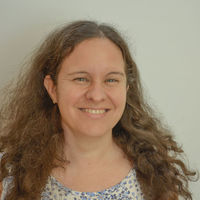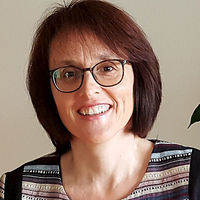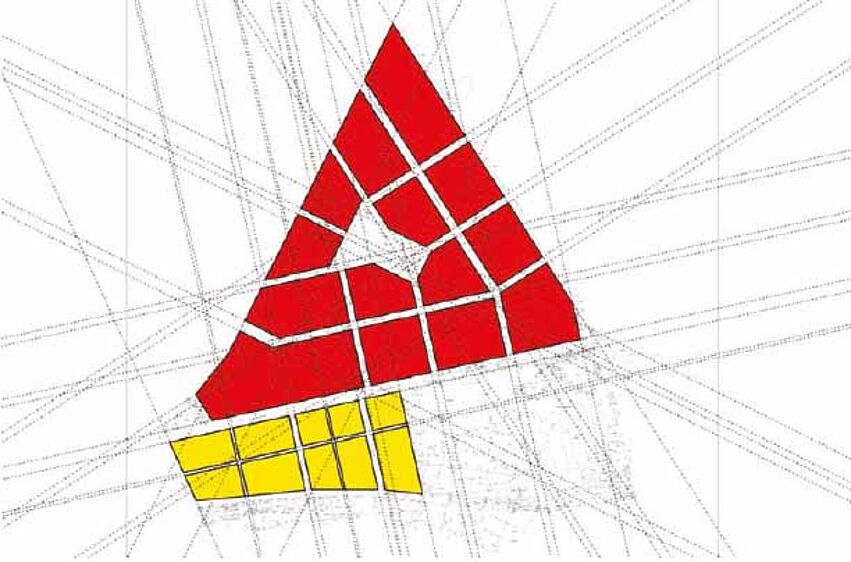Starting point/Motivation
The key challenge in sustainable urban and urban quarter development and the transition to a low carbon society is the sensible integration of existing buildings, infrastructures and their different uses - because these existing urban quarters have reached, in the course of their development, a high level of complexity (varying types of ownership with different interests, different uses, a multitude of construction methods and different dates of construction etc.), which makes it difficult to perform a clear assessment of development potential. Therefore, unlike new development areas being developed at great expense and in the public eye, the potential of existing neighborhoods and settlements (which make up by far the largest part of our settlement area) is neither recognized nor made use of.
Contents and Objectives
The project SC_Mikroquartiere demonstrates possibilities for urban planning and urban quarter development with a view to creating a path to a low carbon city with a high quality of life and good resilience, while taking into account existing and proposed buildings, infrastructures and uses. The project focuses particularly on the integration of existing knowledge gained from R&D projects and existing studies and research results. Methods and ways of thinking that are customary and proven in the development of new urban areas are transferred to the rehabilitation of existing neighborhoods: abstraction and gradual increase in complexity, variant comparison and impact assessment, simplified assumptions and clear objectives, cooperation and interdisciplinarity.
The project goals are to be clearly communicated so that as many stakeholders as possible (residents, property owners, entrepreneurs etc.) will be able to recognise the specific benefits to themselves, which will motivate them to take the initiative and actively participate in urban quarter development.
Methods
The central element is the modelling of urban structures at micro-quarter level. This serves to:
- formulate and display high resolution models of quarters that are fit for the future,
- develop realistic quarter-specific assessment criteria/indicators for densification and high quality energy solutions which take account of building performance indicators and SC indicators that are related to sustainable development and
- examine the practicability of high quality planning solutions based on real micro-quarters.
The overarching aim is to find existing or researched area-wide solutions that can be applied to different urban areas with little effort.
Results
The results confirm the working hypothesis of the SC_MQ method. The applied reduction of the original data and the abstraction of the existing urban structure to its smallest part of the urban development, the 'micro-quarters', has considerably simplified and accelerated the processing as expected. A long-term strategy for the urban development of the investigated areas could be shown whereas at the same time detailed statements with great depth and high accuracy were obtained.
The SC_MQ method makes it possible to make precise statements on the effects and consequences of individual proposed measures with comparatively little planning effort. Different variants can be qualitatively and quantitatively compared very well. Abstraction massively minimized the required groundwork and enormously facilitated the sometimes complex calculations and planning. Despite the simplification applied, the results obtained in the case of samples differ only slightly from the reality or detailed plans.
With an estimated time of approx. 20 working weeks, the team can show very precisely potentials for urban development and energy improvement for areas up to 100 ha and define development directions.
The results of this work are easy to communicate and disseminate. Individual parts of the research work can also be used in other projects (eg indicator set, best practice examples, findings in urban planning, energy planning and traffic conception).
Prospects / Suggestions for future research
The response from the experts involved in several workshops from the city planning offices of Vienna, Linz, Graz, Baden and Bruck an der Leitha was consistently positive to enthusiastic. This extremely positive feedback shows the potential of the method for the further development of our existing urban and residential areas.
On the basis of this work and the knowledge gained from it, the first concrete plans are to be implemented. The results of these plans, together with the present research work and the SC-MQ Method, form a tool that can be adopted by urban planners at any time and used at different locations.



